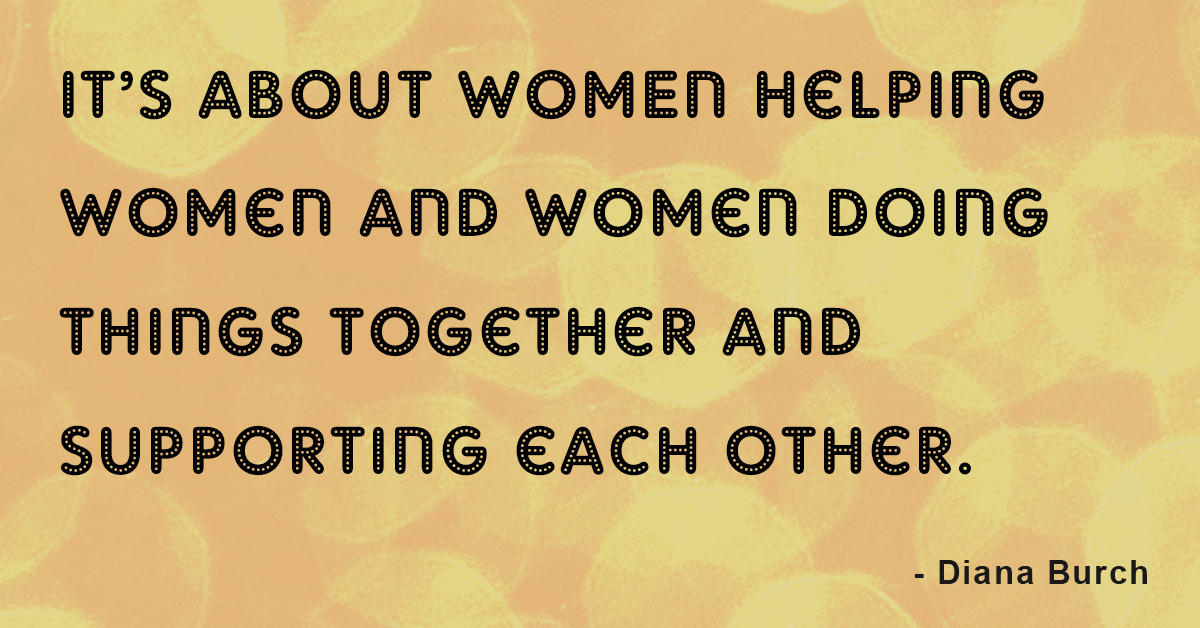
Say goodbye to the swaddle and hello to the warmth of your embrace
Breastfeeding, Mothering, Partners, Postpartum, Sleep, Support
Parents are encouraged to swaddle their newborns in an effort to have them sleep longer. It begins within a short time of baby’s birth. Baby arrives, is placed skin to skin for a token period, then swaddled tightly, burrito-style, and finally moved to a bassinet within arm’s reach of the parents. Often this continues once baby and family leave the hospital.
The problem with this approach is multi-faceted and has ripple effects that interfere with the well-being of the newborn. What baby really needs is more skin-to-skin and less time in a swaddle, or even better, no time at all. After all, nature has designed the perfect swaddle—the valley between the mother’s breasts, where baby is nestled skin-to-skin.
Skin-to-skin encourages breastfeeding, allowing baby plenty of opportunity to drink colostrum, (the essential nutrient-dense first milk). After 48 to 72 hours, the body produces a mature milk that is made more readily and in abundance when baby feeds frequently in the early days.
Skin-to-skin increases oxytocin (the bonding hormone) in the mother’s brain leading to better milk production while encouraging early attachment between mother and baby. Skin-to-skin satisfies baby’s innate need for human touch, allowing baby to hear the mother’s heartbeat and voice while following her breathing rhythm. It also helps baby to colonize against her skin, meaning the mother shares beneficial microorganisms, which in turn helps baby develop a healthy immune system.
Remember, nature has designed baby for body-contact. The early weeks of baby’s life are all about skin-to-skin primarily with the birth mother and, as a back-up, the other parent. Will baby wake often? Probably. This is a good thing and to be expected. With a tummy the size of a chickpea, newborns need to feed very frequently and will cue to feed more often during skin-to-skin. While most babies feed every two to three hours (from the start of one feed to the beginning of the next), many breastfeed more frequently. Crying is considered a very late hunger cue. Expect baby to cue in more subtle ways such as sucking on their hands, making small smacking sounds with their lips, sticking out their tongue and rooting (an involuntary reflex when baby tries to feed after being touched on the face). An early cue is the ideal time to offer the breast.
Please don’t expect your newborn to sleep for long periods of time, but do expect baby to sleep longer when close to your body. As a carry species, your little human expects to be in-arms and is most relaxed and content against you or your partner, skin-to-skin. This is physiologically normal and ticks all the boxes for newborn care and development.
We can adjust to life with baby when we know what to expect, when we understand what is normal, and when we focus on meeting the innate needs of the newborn through skin-to-skin contact.
Trust in your ability to bring your baby into the world,
Lenore Kilmartin



